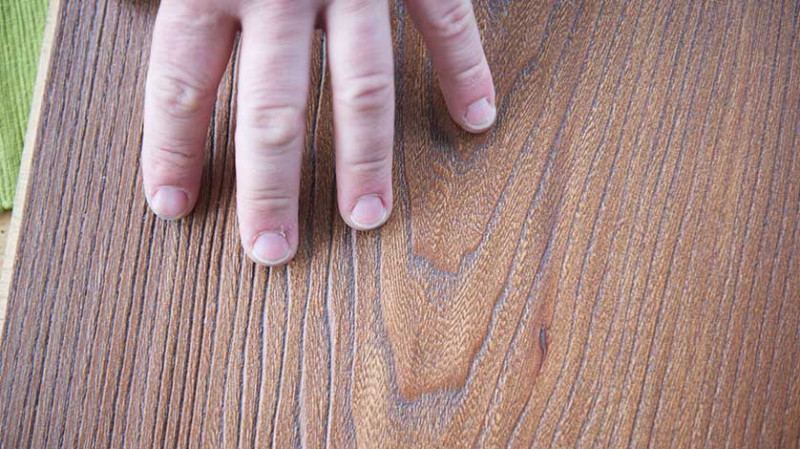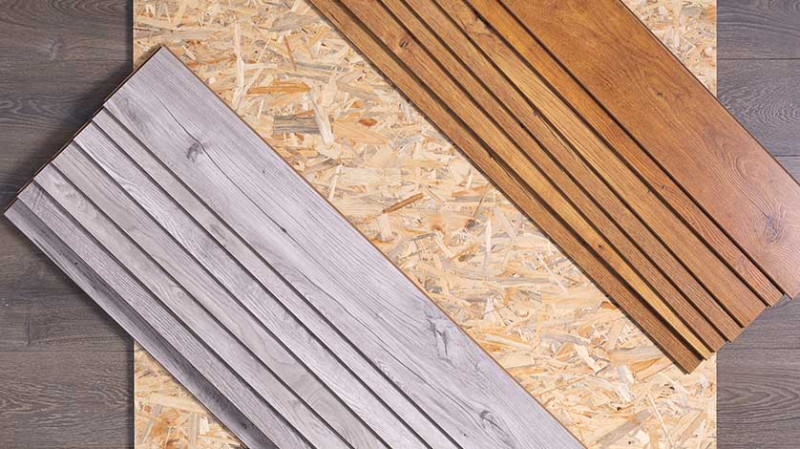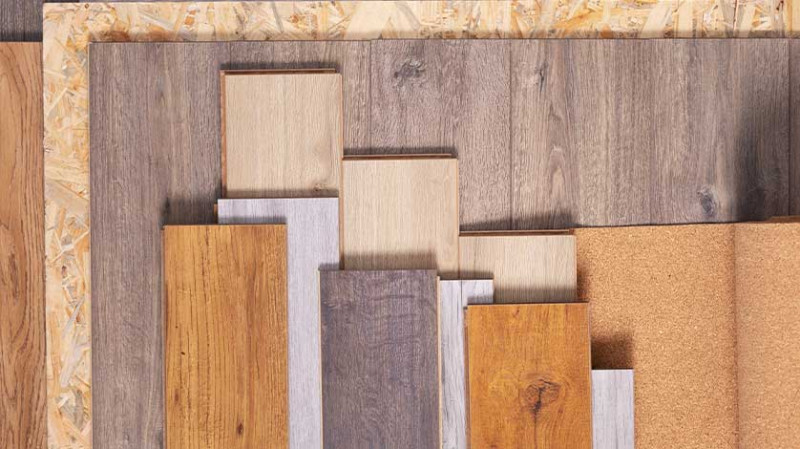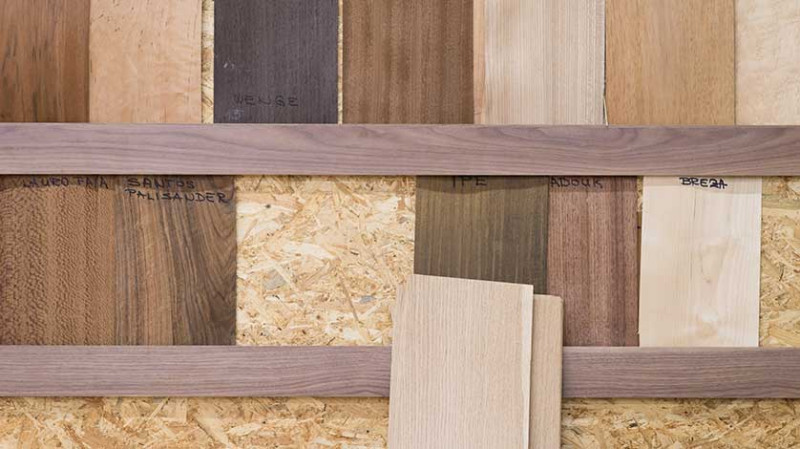
As we step into 2025, the UK flooring industry is witnessing dynamic shifts driven by the rising demand for innovation, sustainability, and personalisation. The advent of advanced materials and eco-conscious choices is redefining how homeowners and designers approach interior spaces. Here’s an in-depth look at the latest flooring trends set to dominate the UK market this year.
1. Sustainable Flooring Materials
The push towards sustainability continues to gain momentum, with consumers increasingly opting for eco-friendly materials. Bamboo and cork are resurging as popular choices due to their renewable nature and minimal environmental impact. Bamboo flooring, prized for its durability and stylish appeal, is seen in modern and traditional homes alike. Additionally, cork flooring is celebrated for its natural resilience and comfort underfoot, making it ideal for areas like kitchens and family rooms. Reclaimed wood is also taking center stage, providing both aesthetic appeal and a rich historical narrative. This trend not only supports environmental responsibility by reducing waste but also adds unique character with its varied grains and colors. Manufacturers are innovating with finishes and textures to make reclaimed wood even more appealing and serviceable for contemporary UK homes.
2. Textured and Patterned Designs
Textured finishes are moving beyond walls to flooring, with herringbone and chevron patterns returning triumphantly. These designs offer a sophisticated yet distinctive look, with LVT (luxury vinyl tile) and laminate options that replicate these intricate patterns without the associated cost of natural materials. For those interested in a bolder statement, geometric patterns in vibrant colors or monochrome palettes are gaining traction. Advances in digital printing technology enable manufacturers to produce complex designs at reasonable prices, inviting creativity and personalization into floor layouts. These options are popular among young professionals and designers who wish to express individuality in their homes.
3. Hybrid Floors
Hybrid flooring options are a blend of laminate and vinyl, offering the best attributes of both. They are gaining popularity for their resilience, ease of installation, and water resistance, which is particularly advantageous in bathrooms and kitchens. Innovations in this category have led to floors that are visually stunning yet highly practical, providing an excellent alternative to traditional options at a fraction of the price.
4. Smart and Interactive Flooring
With the rise of smart homes, flooring is getting an upgrade too. Interactive and smart flooring options that can respond to ambient conditions or connect with other smart devices are making headway. From embedded lighting that changes according to the time of day to floors that monitor foot traffic and energy use, these innovations are setting the stage for futuristic home designs. These technologies not only enhance the user experience but also contribute to more energy-efficient homes.
5. Multi-Functional Flooring
As living spaces become more compact, the demand for multi-functional furniture and flooring is increasing. Flooring that incorporates heating systems, or even energy-harvesting technology, is emerging as a popular solution in energy-conscious homes. These solutions not only contribute to sustainable living but also enhance comfort and efficiency, appealing especially to the urban demographic in the UK. These multi-functional features can help homeowners save on energy bills and improve the overall comfort of their living environments.
Conclusion
In conclusion, 2025 is poised to be an exciting year for the flooring market in the UK, with trends emphasizing sustainability, personalisation, and technological integration. These innovations reflect the evolving preferences and values of UK consumers, ensuring that flooring is not just a practical choice but a pivotal element of home design.





